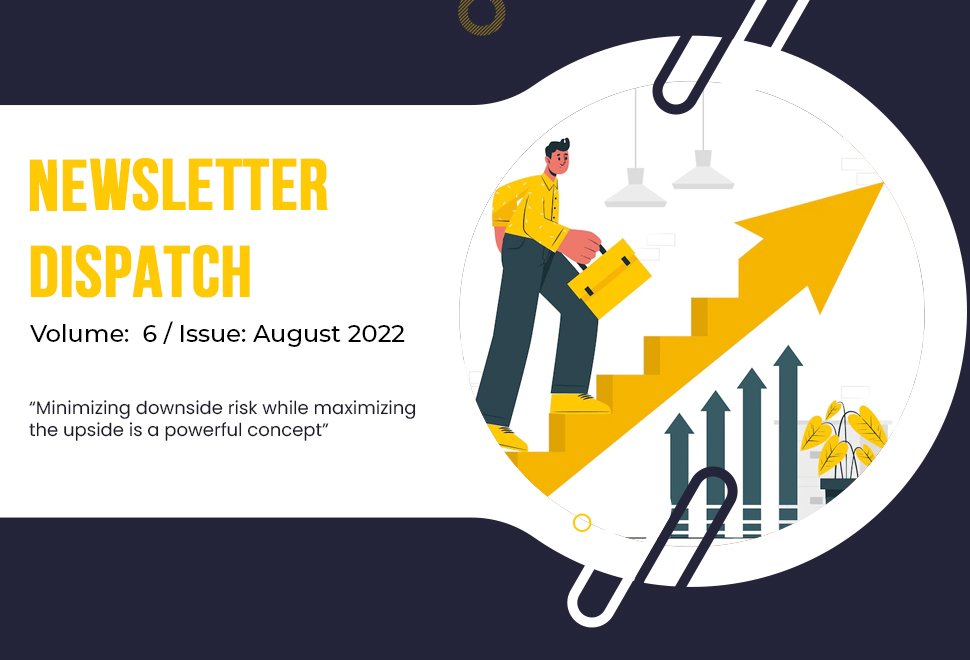When inflation is high and broad-based, with no sign of entrenchment,
central banks have only one tool to tackle rising prices: a hike in interest
rate. However, higher interest rates come with a price: economic
slowdown. As inflation in the US touches a decadal high, the US Fed is
stepping up its war against inflation with aggressive rate hikes. The 75-bps
rate hike in mid-June (highest in 28 years) was followed by another 75-bps
increase by end of July, as concerns about inflation trump worries about
growth.
However, as the markets believed the Fed’s tone had a dovish tilt, there
was a rally in the risky assets. Also, as the risk of recession grew louder
after the US economy contracted for the second consecutive quarter,
markets believed inflation measures will fall in place bringing an end to the
tightening cycle near.
While the market seems to believe that the Fed may slow down its rate
hikes, we doubt the narrative is that simple. There are several headwinds
such as the Russia-Ukraine crisis, geopolitical tension between China - Taiwan, and the lingering effect of covid itself, which all remain outside the
Fed’s control. Also, the labor markets remain strong, which lends support
to the idea that the US is not quite in a recession and that the Fed will
continue its path of interest rate hikes.
Given the magnitude of these unknowns, we believe the Fed will follow a
calibrated approach. They will look at almost 8-weeks of economic data
before their next meeting in September to decide on the magnitude of the
future rate hikes. While, the recent jobs data has restored the Fed’s
confidence in hiking rates sharply, the deflationary wave due to the
economic slow down in China could taint the Fed’s decision.

